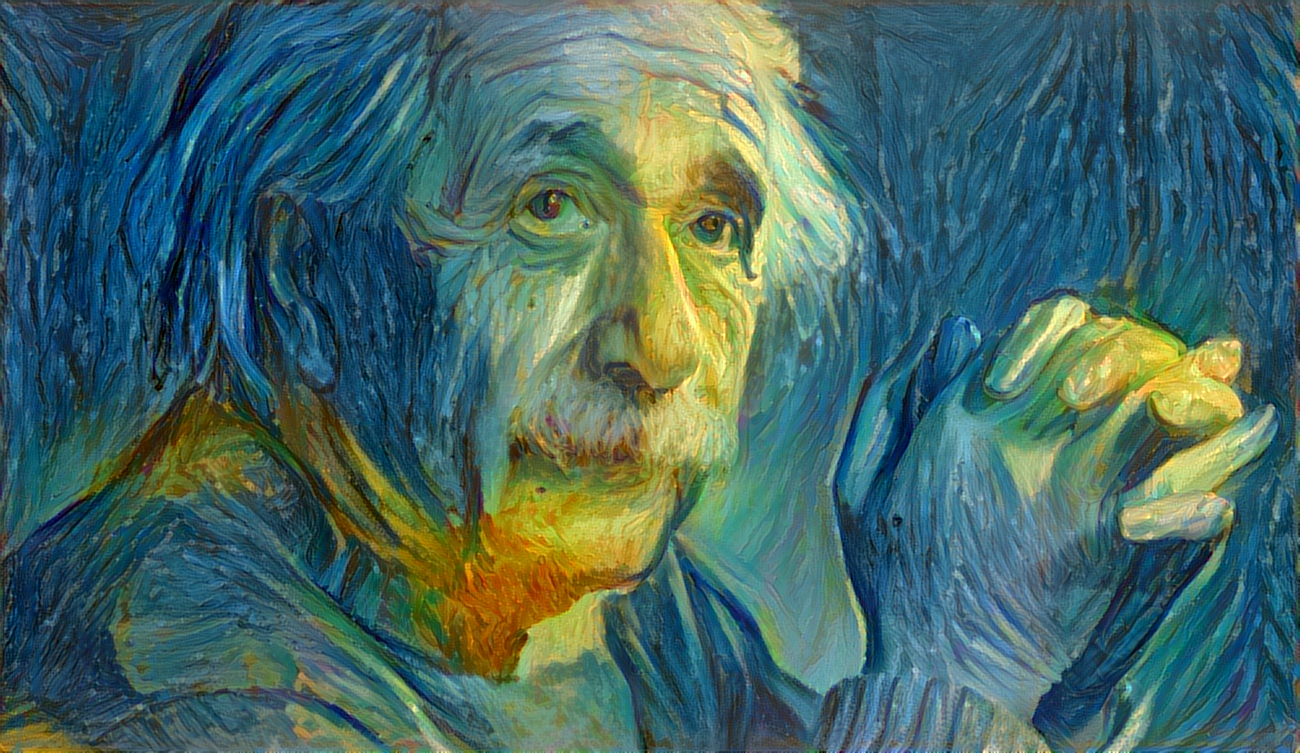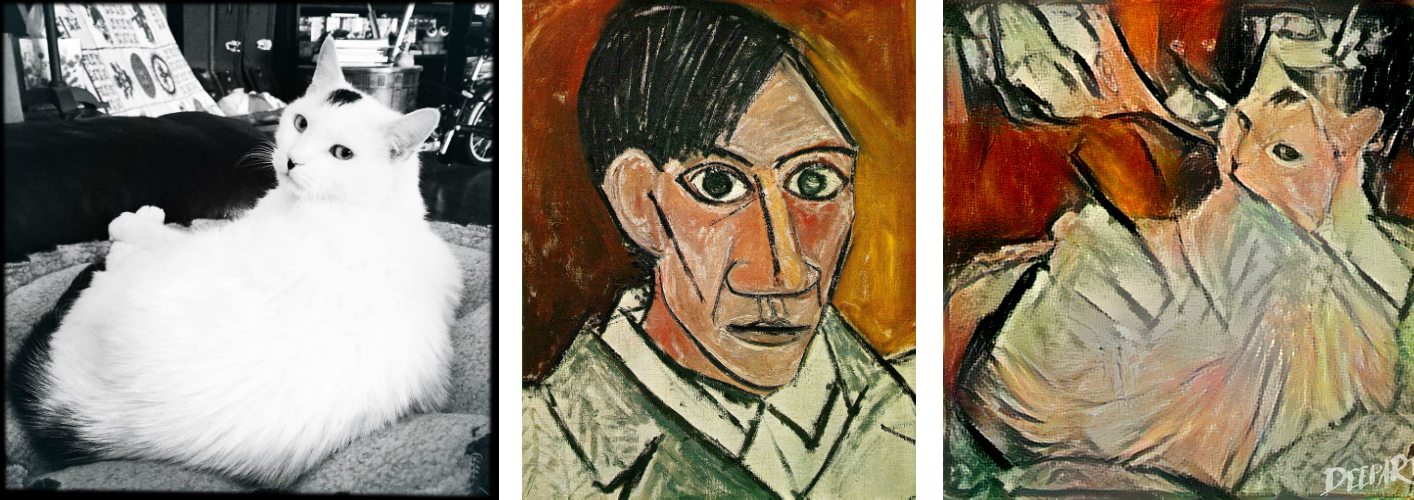
Turn Your Photos Into Fine-Art 'Paintings' on Free Website

Your selfies may never hang in a fine-art museum, but now you can see what they'd look like if they were painted in the style of some of the world's most famous artists, courtesy of a website called DeepArt.
Users can upload photos and choose an art style from a selection of well-known paintings, illustrations and sketches in the online database — or even add new ones.
The DeepArt servers then render a reproduction of the original photo in the chosen art style — the bold, flowing strokes of Vincent van Gogh; the cubist shapes of Pablo Picasso; or the vibrant, primitive forms of Frida Kahlo. [Gallery: Hidden Gems in Renaissance Art]
DeepArt produces these artistic conversions using an algorithm created by neuroscientists that mimics the neural connections in the human brain, said Łukasz Kidziński, a computer scientist and one of DeepArt's creators.
"The algorithm uses so-called deep, artificial neural networks — a mathematical model built of units called neurons linked with each other," Kidziński told Live Science in an email.
Kidziński explained that this type of algorithm is particularly useful for object recognition, copying the way that the brain processes sensory input and recognizes patterns. It thereby enables a computer to isolate and identify elements like style and content in an image.
In this way, a computer can actually learn to detect and reproduce a range of artistic styles, and apply them to other images.
Get the world’s most fascinating discoveries delivered straight to your inbox.
One example, shared by Twitter user @claudeschneider, combined a photograph of a dancer posing in a rocky landscape with the Picasso painting "Woman with Mandolin" (1910), to create a Cubist ballerina.
In an unrelated computer-art project, a similar array of algorithms enabled another computer program to go one step further and create a new painting from scratch in the style of the 17th century Dutch artist Rembrandt Harmenszoon van Rijn.
Data taken from hundreds of Rembrandt paintings informed the program's choices of subject, palette and overall composition, and allowed it to "sketch" an original artwork resembling something that might have been painted by the Dutch master himself.
The DeepArt photo-conversion process is free, but due to the site's popularity, the queue is lengthy. The estimated wait time for each image to "develop" is currently 2,395 minutes (40 hours). However, users are given the option of paying 1.99 euros ($2.24 U.S. dollars) to reduce the render time to 15 minutes.
You can get inspired by other users' photo-paintings and submit images of your own on the DeepArt website. Free images are rendered at 500 by 500 pixels, but HD versions are also available, for a fee. You can even hang your newly generated art on your wall, as a paper poster or glass print, which the site also offers for purchase.
Follow Mindy Weisberger on Twitter and Google+. Follow us @livescience, Facebook & Google+. Original article on Live Science.

Mindy Weisberger is a science journalist and author of "Rise of the Zombie Bugs: The Surprising Science of Parasitic Mind-Control" (Hopkins Press). She formerly edited for Scholastic and was a channel editor and senior writer for Live Science. She has reported on general science, covering climate change, paleontology, biology and space. Mindy studied film at Columbia University; prior to LS, she produced, wrote and directed media for the American Museum of Natural History in NYC. Her videos about dinosaurs, astrophysics, biodiversity and evolution appear in museums and science centers worldwide, earning awards such as the CINE Golden Eagle and the Communicator Award of Excellence. Her writing has also appeared in Scientific American, The Washington Post, How It Works Magazine and CNN.

